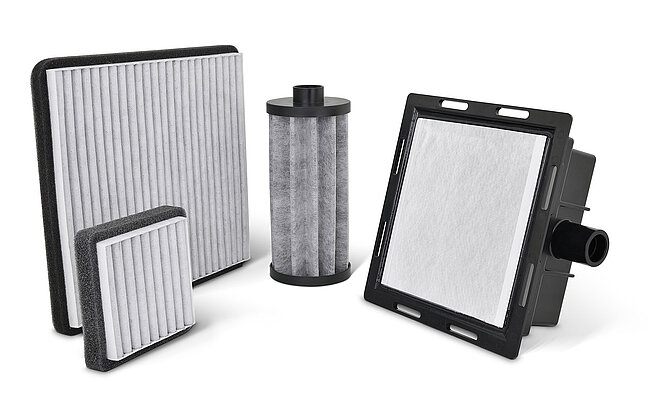
Fuel cells getting ready to launch in ships
However, their vast engines and the heavy fuel oil they burn make them among the world’s most polluting forms of transport.
The largest container ships can use up to 250 metric tons of fuel a day and emit around one gigaton of CO2 per year.
It’s a problem that urgently needs addressing.
Finding alternative sources of power for these vast vessels is a priority, but there are currently few viable options. Because of the extremely long distances they travel, all-electric power is not a realistic solution for ships in the near future. Fuel cells, on the other hand, might be.
Hydrogen-powered fuel cells that emit nothing more than water are already being used in smaller vehicles like forklift trucks and cars. They are even being explored as potential power sources for much larger vehicles, such as trucks, buses and trains.
As Felix Herberg, Sales Manager Automotive Filters, explained:
“Fuel cell vehicles – a category that is increasingly being extended to include trains and even ships – are particularly well suited for long distances thanks to their great range. With battery-powered electric drives being used for shorter distances, this alternative drive technology perfectly complements the sustainable mobility mix of tomorrow.”

Ambitious energy-reduction plans
At the same time, there is already growing demand for a variety of mixed-propulsion systems related to shipping, including e-diesel, e-methane, ammonia and hydrogen fuel cells.
From a regulatory perspective, the International Maritime Organization’s Marine Environment Protection Committee (MEPC) adopted a package of technical measures for new ships and operational reduction initiatives for all ships in 2011. The Energy Efficiency Design Index (EEDI) requires new ships to comply with minimum mandatory energy efficiency performance levels. The Ship Energy Efficiency Plan (SEEMP) provides a mechanism for shipowners to improve energy efficiency through operational measures such as weather routing, speed optimization, just-in-time arrival in ports, etc. The regulations entered into force on 1 January 2013.

Strategies for the future
These are a reduction in “carbon intensity”, cutting CO2 emissions by 70% and reducing GHG emissions by 50% compared to 2008 levels by 2050.
Furthermore, the IMO has adopted safety regulations for the approval of ships powered by fuel cells. These are expected to come into force in May 2022. This means that there is a realistic near-term prospect of commercial shipping operating effectively emission-free with the help of efficient energy converters and climate-neutral fuels. However, intensive industry participation in the development of safety standards will still be required to expand the portfolio of fuels suitable for fuel cells.

Here and now
Although there are still structural issues to be overcome, it is encouraging to see serious testing of these new propulsion solutions.
Major cruise lines are already adopting the new technology and we will soon see concrete operational data. Royal Caribbean Group’s ultra-luxury brand Silversea Cruises is set to introduce the cruise industry’s first hybrid powered ship, including a hydrogen fuel cell, which will debut in summer 2023.
That won’t even be the first to enter this new territory. AIDA Cruises is already testing the use of fuel cells on a large passenger ship as part of its “Pa-X-ell2” research project on board AIDAnova. Freudenberg is actively involved in the project, which is being funded by the German Federal Ministry of Transport and Digital Infrastructure. We will continue our work to contribute bringing this fascinating and potentially game-changing technology to maturity.
 automotive filtration insight
automotive filtration insight